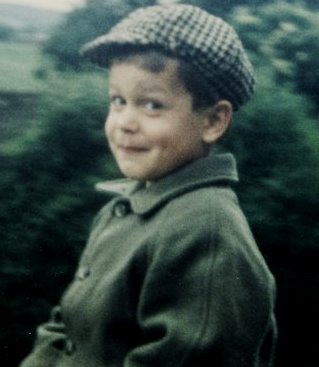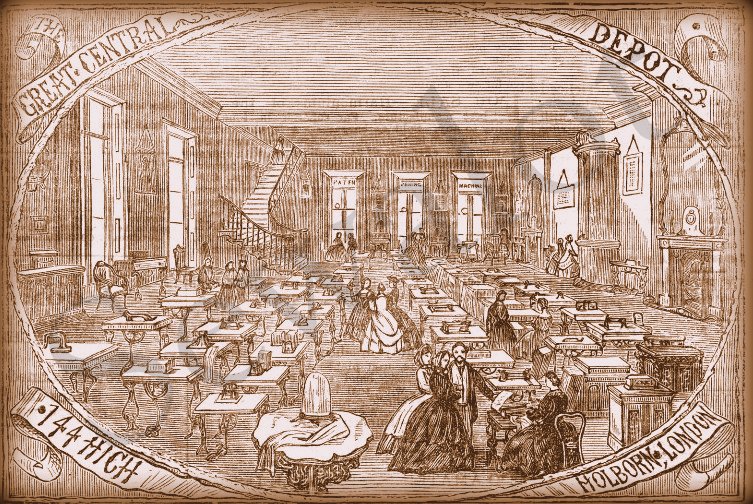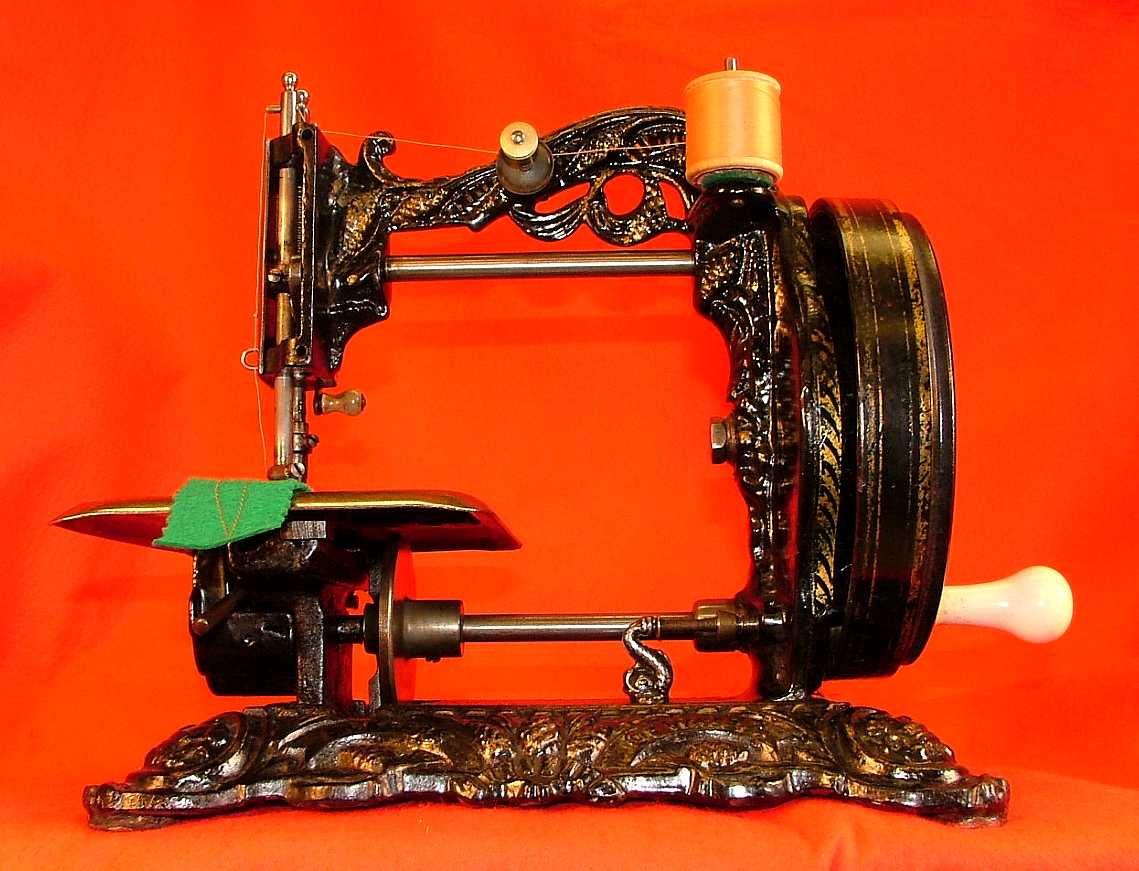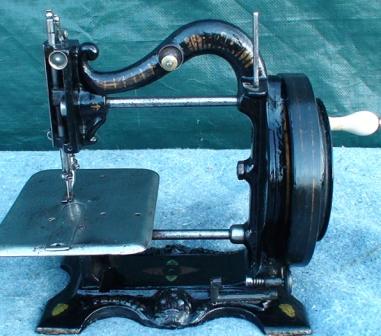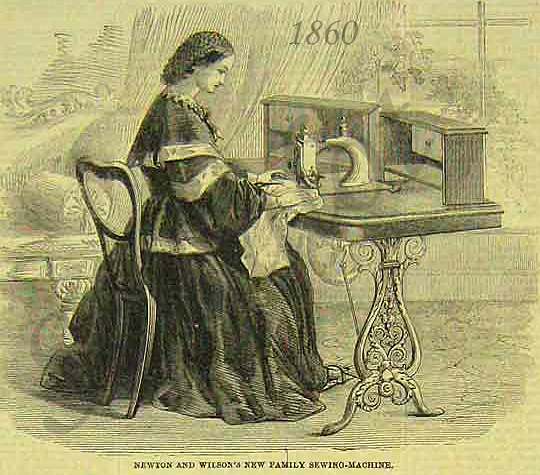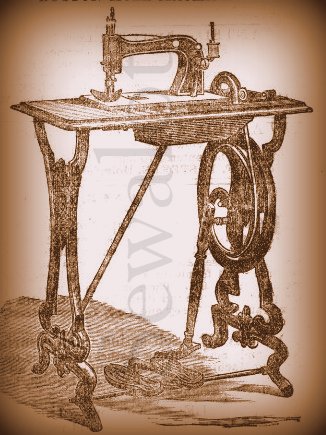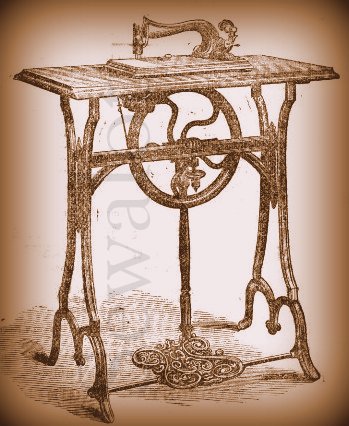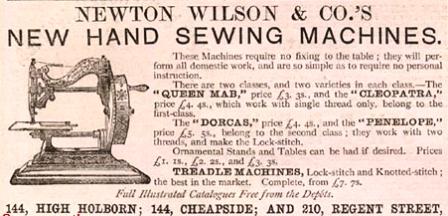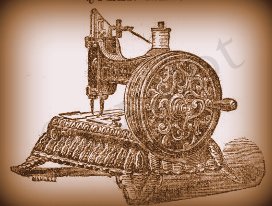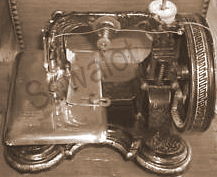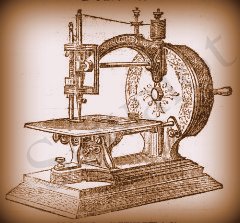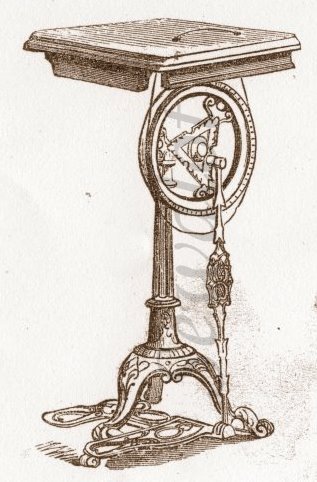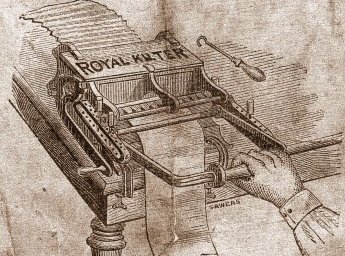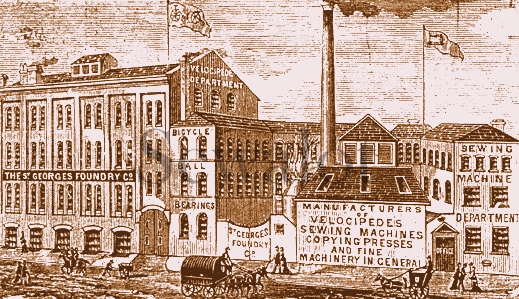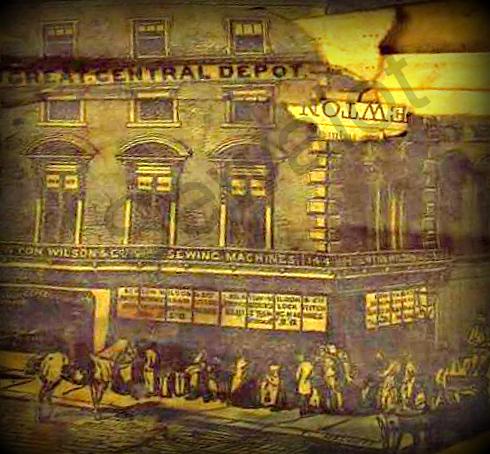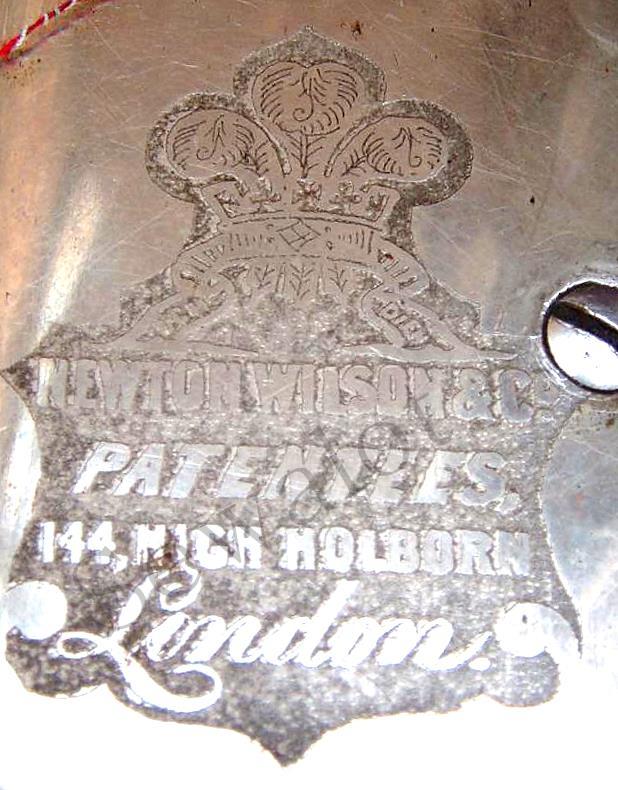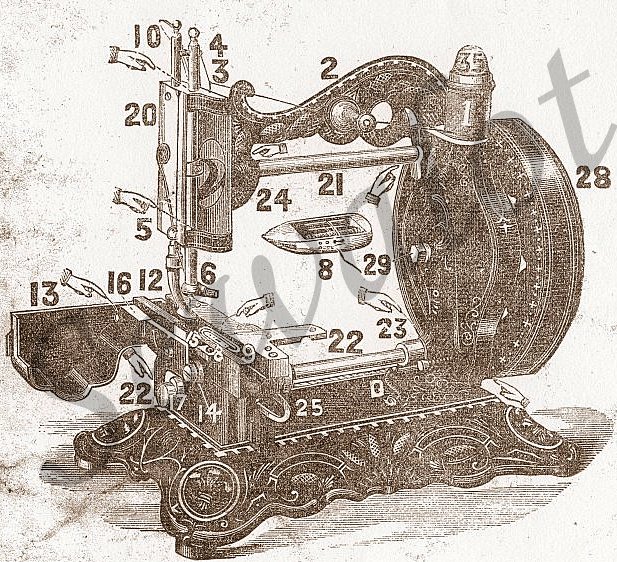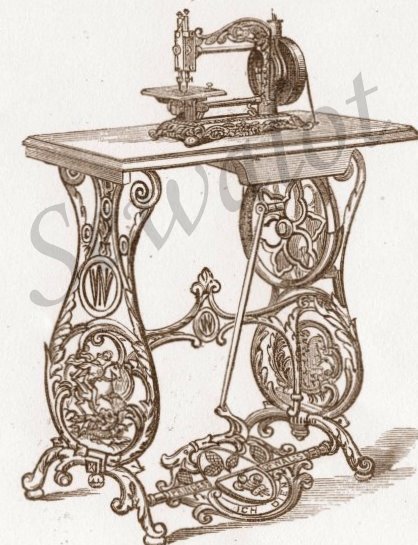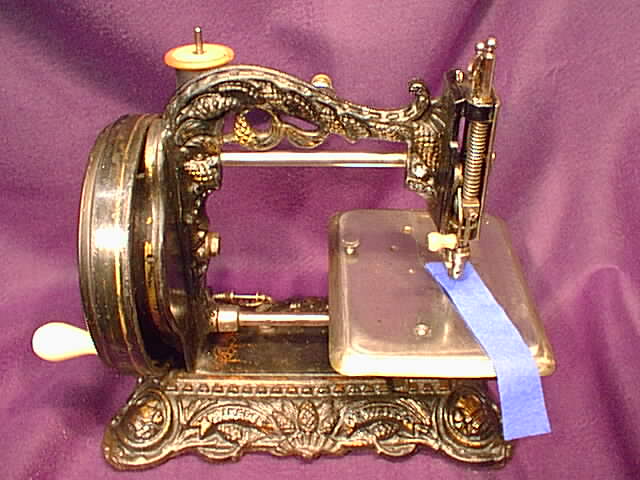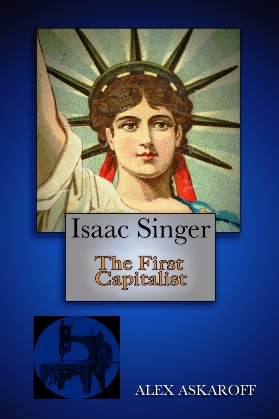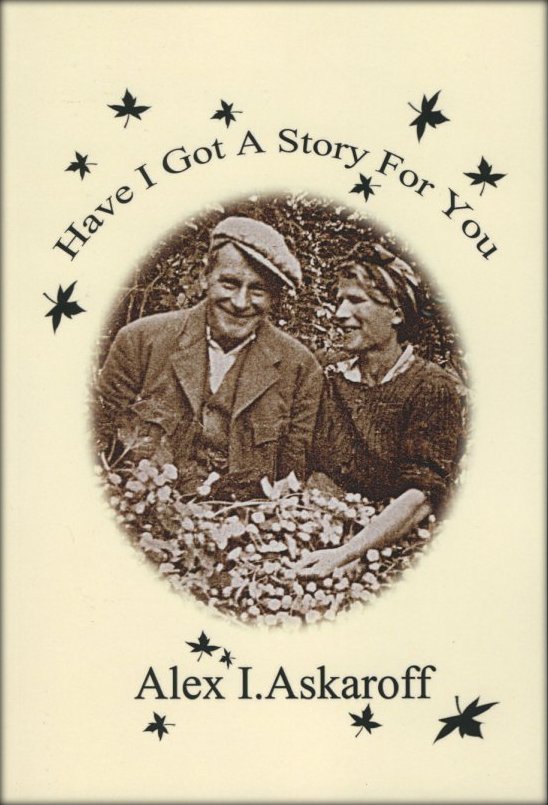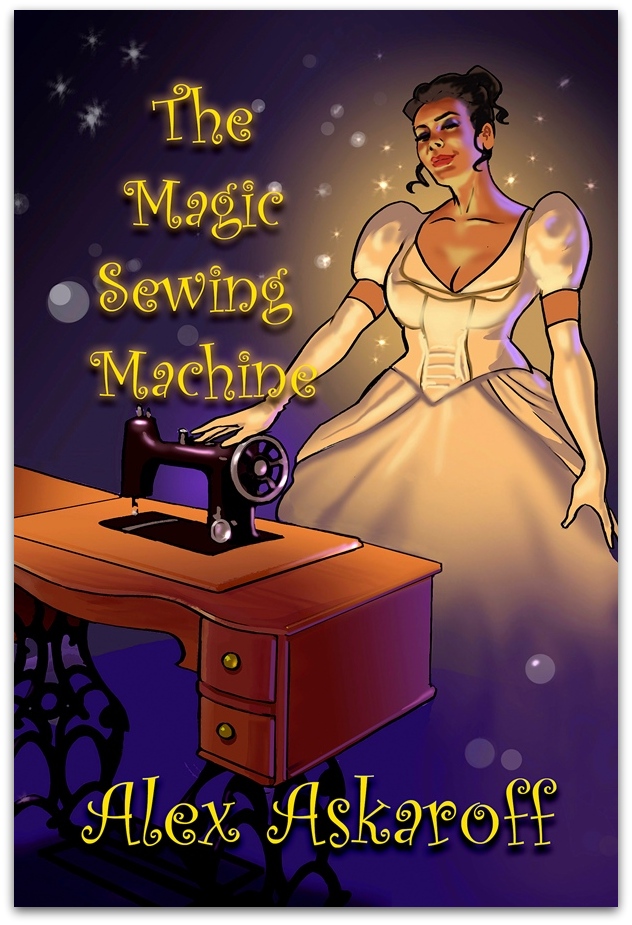|
||||
|
|
Alex I Askaroff
Alex has spent a lifetime in the sewing industry and is considered one of the foremost experts of pioneering machines and their inventors. He has written extensively for trade magazines, radio, television, books and publications worldwide.
Over the last few decades Alex has been painstakingly building this website to encourage enthusiasts around around the Globe.
See Alex Askaroff demonstrating antique sewing machines on YouTube http://www.youtube.com/watch?v=8-NVWFkm0sA&list=UL
|
|||
|
Newton Wilson Sewing Machines 144 high Holborn, London 1868 The Great Central Depot
Newton Wilson has been acclaimed as one of the main founders of the British sewing industry which is a bold statement but his sewing machines including the amazing Princess of Wales sewing sewing machine certainly tick all the boxes for collectors. One of the most beautifully ornate and decorative cast sewing machines of the Victorian Era was the Princess of Wales sewing machine. 1873 The prize winning Princess of Wales. Claimed by periodicals of the day as the most perfect hand machine yet invented. The Princess of Wales sewing machine was made to look at home on a ladyís parlour table in Victorian England. This was just one of the great machines produced by the pioneer and genius William Newton Wilson. Can you see the little dolphin bobbin winder on the machine above? It was this attention to detail that made the Princess of Wales a sought after machine. However it was ten times more expensive than the James Weir machine of the same period! In the long run it was doomed to failure simply because it was too expensive. Priced out of the market because of its huge cost the Princess of Wales is still one of the most sought after machines of the Victorian period and collected worldwide. Newton Wilson, 144 High Holborn, 144 Cheapside & 210 Regent Street London An Early model Princess of Wales MKII sewing machine.
Newton Wilsonís trademark, the three feathers of the Black Prince, were later cast into the corner of each machine base. By 1857, Newton Wilson was selling sewing machines from 144 High Holborn, London. Like many of the early European sewing machine suppliers he imported from America. America was a decade ahead of the rest of the world in sewing machines.
Before the Trades Description Act was brought in, you could basically say what you liked about the goods that you sold. Newton Wilson was no exception, calling the Grover & Baker sewing machines and machines from the American Buttonhole and Overseaming Company his own.
Unfortunately with personalities like Elias Howe and Isaac Singer suing everyone who even thought about making their own sewing machines, when Newton Wilson did make his own machines, he ended up in court.
Legal proceedings plagued Newton Wilsons commercial life but it did lead to one very interesting find.
One day as Newton Wilson was sifting through the endless patents at the Patent Office when he stumbled upon the Thomas Saint sewing machine patent of 1790 that had been misfiled. The Thomas Saint Patent had vague similarities to the Elias Howe Patent in America being a machine for stitching leather, though it was a chain stitch machine. in 1874 Newton Wilson took the patent plans of Thomas Saint's and with a little modification actually made the machine stitch.
Had that patent shown up at the Singer-Howe court cases Elias Howe may have lost his claim to have invented the first sewing machine using his special needle. In fact if many details had turned up Elias would have lost. For example sometime before Elias Howe had patented his unique needle in America John Fisher had patented something similar in England. That would in turn have cost him the fortune that he made from sewing machines. Elias Howe became one of the richest men in America and hardly made a sewing machine (then most of his money disappeared). His history is well worth a read.
By 1867, Newton Wilson had set up his works at 52 Pope Street, Manchester. The Princess of Wales sewing machine, Wilsonís most famous sewing machine, was initially forged at one of Wilsonís factories in Woolpack Lane, Nottingham along with some of the most sought after sewing machines in the world, including the Queen of Scots and the stunning Cleopatra. The Royal Kilter
At the St Georges foundry they made bearings, bicycles or velocipedes, tools, presses and most importantly sewing machines. St George's Foundry
To produce these fabulous machines Wilson had one of the greatest teams ever assembled in the sewing machine world. They included James Starley who later produced the amazing Queen of Hearts sewing machine, the needle specialist A. J. Baylis, William Singer and William Hillman. They were all experts in their fields and several went on to form their own businesses. If you take a peek at my Starley history it tells their story.
Newton Wilson sewing machines require no fixing to a table and will perform all domestic work. They are so simple to operate that they require no personal instruction. Newton Wilson's experience was to come together to bring us some of the most stunning British sewing machines we are ever likely to see. Each Princes of Wales sewing machine was hand built and unique, all parts being stamped with an individual number to identify it. In 1873 The Princess of Wales,won the Grand Medal of Merit at the Vienna show in Austria. At the time, this machine was described as the most perfect hand machine yet invented. Newton Wilson later purchased superb showrooms in the heart of London at 210 Regent Street and 144 Cheapside, London. Newton Wilson was responsible for importing selling and manufacturing many of these beautiesÖ
The Princess of Wales £6.6s (three models plus Wilson rotary hook)) The Princess of Wales Sewing Machine The Princess of Wales had two main versions from 1870, an early plain casting model MKII and the later spectacular one which we all know and drool over the MKIII. On each corner foot are the three feather of the Prince of Wales that Newton Wilson put on many of his machines and became his trademark.
OUT NOW! Most of us know the name Singer but few are aware of his amazing life story, his rags to riches journey from a little runaway to one of the richest men of his age. The story of Isaac Merritt Singer will blow your mind, his wives and lovers his castles and palaces all built on the back of one of the greatest inventions of the 19th century. For the first time the most complete story of a forgotten giant is brought to you by Alex Askaroff. News Flash! Alex's books are now all available to download or buy as paperback on Amazon worldwide.
"This
may just be the best book I've ever read."
"My five grandchildren are
reading this book aloud to each other from my Kindle every Sunday.
The way it's written you can just imagine walking
beside him seeing the things he does. News Flash! Alex's books are now all available to download or buy as paperback on Amazon worldwide.
Fancy a funny story: Ena Wilf & The One-Armed Machinist
|
||||
|
Well that's it, I do hope you enjoyed my work. I have spent a lifetime collecting, researching and writing these pages and I love to hear from people so drop me a line and let me know what you thought: alexsussex@aol.com. Also if you have any information to add I would love to put it on my site.
Fancy a funny read: Ena Wilf & The One-Armed Machinist
|
||||
|
|
|
|||
CONTACT: alexsussex@aol.com Copyright ©
As a
new collector I have found your site
has increased my knowledge in
a short time to a degree
that I couldn't have
imagined.
|
||||
